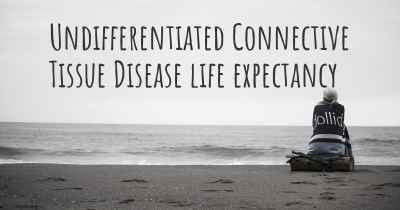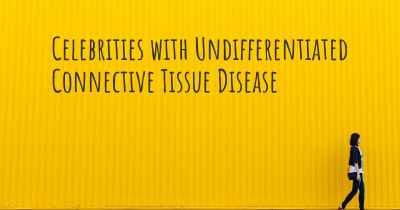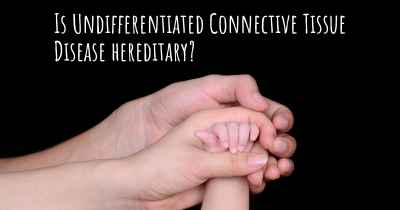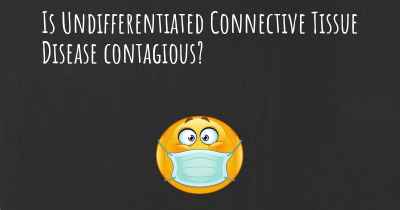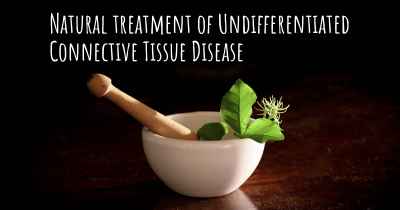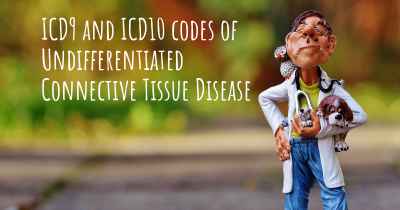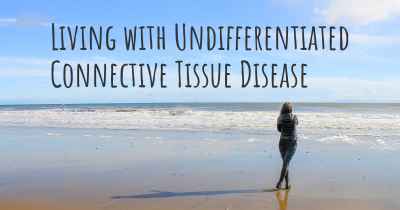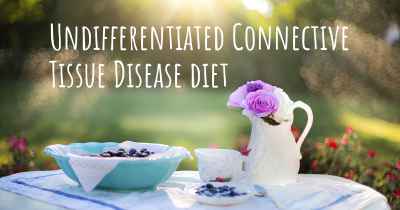What is the history of Undifferentiated Connective Tissue Disease?
When was Undifferentiated Connective Tissue Disease discovered? What is the story of this discovery? Was it coincidence or not?
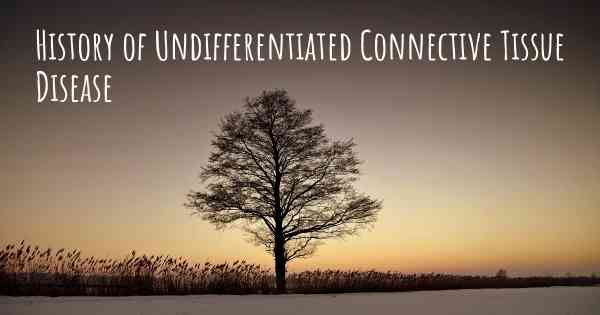
Undifferentiated Connective Tissue Disease (UCTD) is a term used to describe a condition that exhibits symptoms and features of several connective tissue disorders but does not meet the specific diagnostic criteria for any particular disease. It is considered an autoimmune disorder, where the immune system mistakenly attacks healthy tissues in the body.
The history of UCTD is closely intertwined with the understanding and classification of connective tissue diseases. Connective tissue diseases are a group of disorders that affect the connective tissues, which provide support and structure to various organs and systems in the body. These diseases include well-known conditions such as systemic lupus erythematosus (SLE), rheumatoid arthritis (RA), and systemic sclerosis (SSc).
The concept of UCTD emerged in the late 20th century as researchers and clinicians recognized that some patients exhibited symptoms and laboratory abnormalities that did not fit neatly into any specific connective tissue disease category. These patients presented with a combination of symptoms such as joint pain, muscle weakness, skin rashes, fatigue, and various organ involvement.
Initially, UCTD was considered a transitional phase, where patients might eventually develop a specific connective tissue disease. However, over time, it became evident that a subset of patients with UCTD remained stable and did not progress to a defined disease. This realization led to the recognition of UCTD as a distinct clinical entity.
Research into UCTD has focused on understanding its clinical features, laboratory findings, and long-term outcomes. Studies have shown that UCTD predominantly affects women, with a peak incidence in the third to fifth decades of life. The most commonly reported symptoms include joint and muscle pain, fatigue, Raynaud's phenomenon (abnormal blood vessel response to cold or stress), and skin manifestations.
Diagnosing UCTD can be challenging due to its heterogeneous nature and overlapping symptoms with other connective tissue diseases. The classification criteria for UCTD are not well-established, and different sets of criteria have been proposed by various researchers. These criteria typically involve a combination of clinical symptoms, laboratory abnormalities, and exclusion of other specific connective tissue diseases.
Despite the lack of specific diagnostic criteria, early recognition and management of UCTD are important to prevent complications and improve outcomes. Treatment strategies for UCTD aim to alleviate symptoms, control inflammation, and prevent organ damage. Nonsteroidal anti-inflammatory drugs (NSAIDs), corticosteroids, and disease-modifying antirheumatic drugs (DMARDs) are commonly used in the management of UCTD.
Research into the underlying mechanisms of UCTD is ongoing. It is believed that a combination of genetic, environmental, and hormonal factors contribute to the development of UCTD. Autoantibodies, such as anti-nuclear antibodies (ANA) and anti-ribonucleoprotein (anti-RNP) antibodies, are frequently detected in UCTD patients and can help in the diagnosis and monitoring of the disease.
In conclusion, Undifferentiated Connective Tissue Disease is a complex and heterogeneous condition that shares features with various connective tissue disorders. Its recognition as a distinct clinical entity has allowed for better understanding and management of patients who do not fit into specific disease categories. Ongoing research aims to improve diagnostic criteria, unravel the underlying mechanisms, and develop targeted therapies for UCTD.
